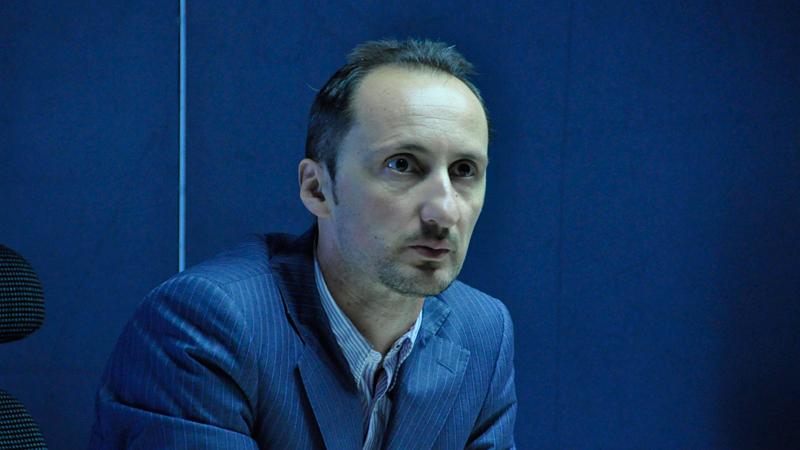
Veselin Topalov And The Najdorf Sicilian
San Luis, Argentina, 2005: A double-round-robin tournament was held to determine the FIDE world champion.
In those days the world championship was still split after Garry Kasparov and Nigel Short left FIDE for their 1993 match. The chess world largely -- almost unanimously -- regarded those who continued the lineage of the classical world champions (Kasparov and Vladimir Kramnik) as the "real" world champions.
Nevertheless, FIDE was still holding its own world championships, usually in a tournament (rather than match) format.
The winner in San Luis 2005 was the Bulgarian grandmaster Veselin Topalov. Soon after, a reunification match between Topalov and Kramnik was organized, to finally end the split in the chess world. During and before this match, Topalov was called the world champion. Thus he is often considered to belong to the ranks of "classical" world champions, although he did not win the title by a match.
Topalov has a fantastically sharp style, energetic like electricity. He has an ability to create complications in almost any position. His play is extremely concrete and based on precision, including deep opening preparation. Another major factor in his success is his iron nerves -- he would never shy away from even the most dangerous and risky positions, and frequently entered lines where his king faced the most obvious dangers, emerging unscathed.

As we move closer to today's chess, we find that the top players have an ever-wider opening repertoire. This is perhaps because of the increased ease in preparation for specific opponents. Not only has it become more important to surprise one's opponent, it has also become easier to learn many openings and develop expertise in them.
Thus we find that Topalov has a fairly large opening repertoire. As White he can play 1.d4 or 1.e4, and as Black many different defenses. Against 1.e4, for instance, it might be surprising that he frequently used the French defense when he was younger. In recent years he can be found playing the Berlin Defense, the Caro-Kann, and a variety of Sicilians. But certainly, his biggest contributions -- both as White and as Black -- have been in the Sicilian Najdorf.
In most lines of the Najdorf Black can choose between a classical "Najdorf-style" approach with ...e5 or the Scheveningen-like ...e6. The former creates a more stable pawn structure, with some weaknesses, while the latter is far more dangerous for Black, whose safety depends much more on specific sharp variations.
Topalov played both ways, but more often he chose the latter.
He really burst on the scene in the 1994 Moscow Olympiad. Here we see him adopting an extremely sharp and risky approach to defeat Je Jiangchuan:
In that same tournament Topalov defeated Kasparov on the white side of a Najdorf, in a game which really brought him in to the limelight. Kasparov got a good position out of the opening, but made a risky combination. Topalov found his way through the complications to assume the initiative and won a dramatic game:
A couple of years later, already practically established as a top player, Topalov defeated Kasparov again in the Najdorf. This time he managed to carry out an unbelievable knight maneuver, Ng1-f3-d4-d6-d6-f7-g5-f7:
Several important novelties were introduced by Topalov in the sharp 6.Be3 e6 line of the Najdorf (featured in the above game against Ye Jiangchuan). He used a sacrifice of the b-pawn to defeat Kramnik in only 20 moves:
Topalov's play as Black in the Najdorf was highly provocative. Here is a dramatic and adventurous encounter with Vassily Ivanchuk that shows chess in its pure beauty. The game is far from perfect, and most positions are so complicated they are almost unfathomable -- and yet we know it could not happen this way if we throw away classical chess in favor of shorter time controls.
Whether making the wildest incalculable sacrifices or defending against the same, it was clear that the Najdorf was the perfect battleground for Topalov to show his artistry.






